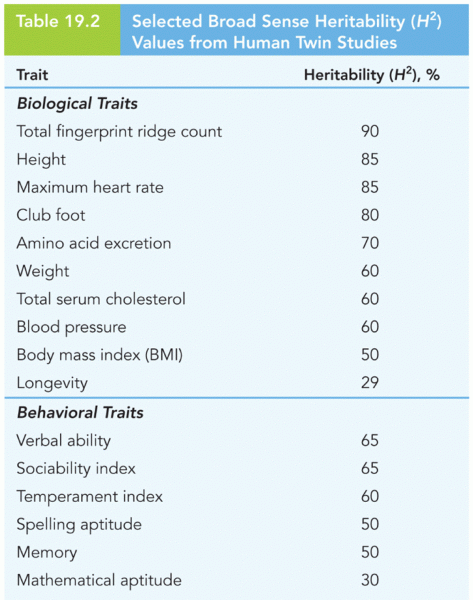|
|
|
Elderly adults are at greatest risk of stroke and myocardial infarction and have the most to gain from prophylaxis. Patients ages 60 to 80 years with blood pressures above 160/90 mm Hg should benefit from antihypertensive treatment.
Aspirin is the most widely used drug in the world. It has even been recognized as such by the Guinness Book of World Records.
Pubic lice (crabs) are usually spread through sexual contact. You cannot catch them by using a public toilet.
The people with the highest levels of LDL are Mexican American males and non-Hispanic black females.
Signs of depression include feeling sad most of the time for 2 weeks or longer; loss of interest in things normally enjoyed; lack of energy; sleep and appetite disturbances; weight changes; feelings of hopelessness, helplessness, or worthlessness; an inability to make decisions; and thoughts of death and suicide.







